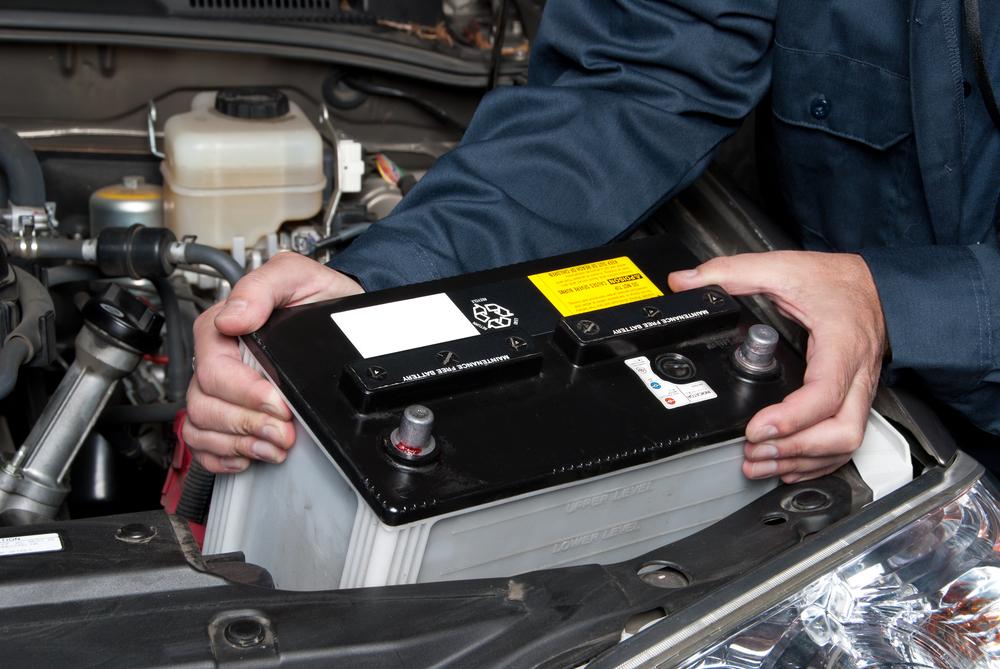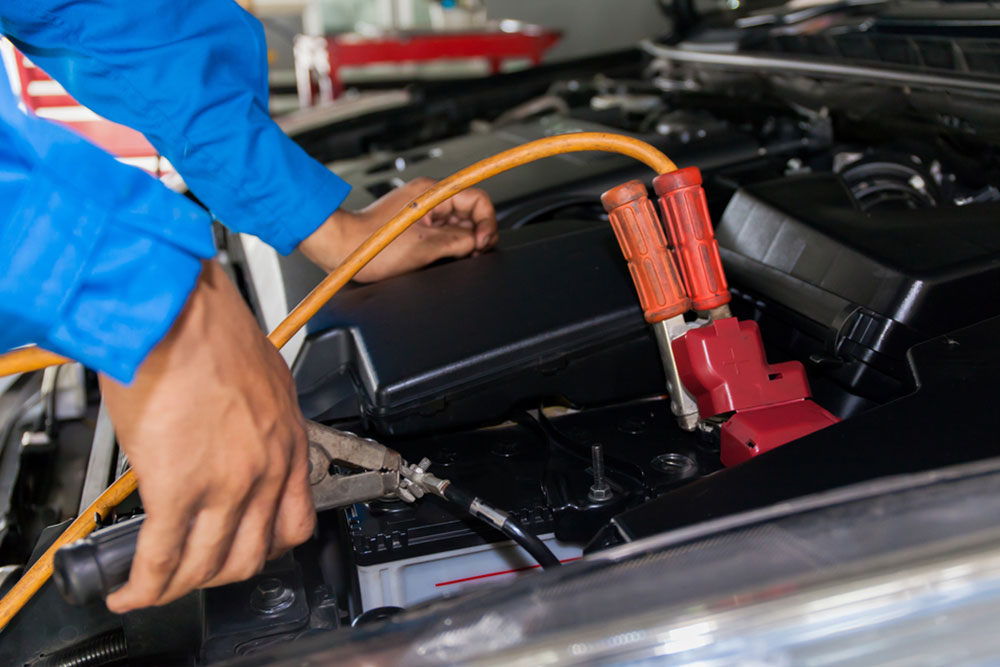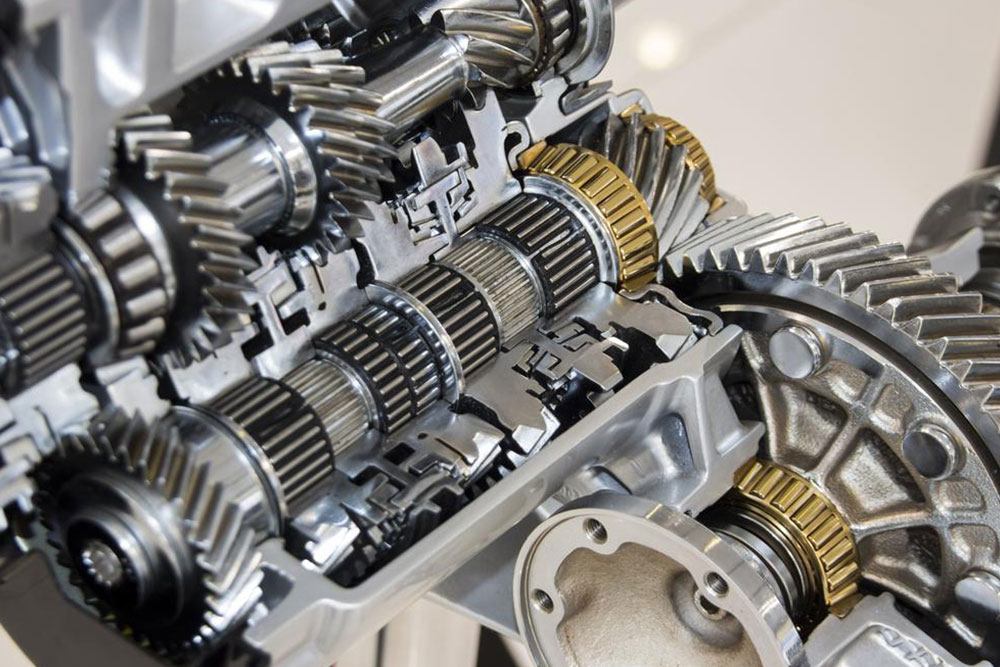Complete Guide to Car Batteries: Everything You Need to Know
This comprehensive guide explains everything about car batteries, including their types, functions, signs of failure, and environmental impact through recycling. Essential for vehicle maintenance, understanding batteries helps in proper care and timely replacement, ensuring vehicle reliability and sustainability.

Complete Guide to Car Batteries: Everything You Need to Know
A vital component of any vehicle is its battery, which supplies the necessary electrical power to start the engine. The battery's primary role is to provide the initial energy needed to ignite the engine. During operation, the alternator takes over, generating electrical power. Known as an SLI (Starting, Lighting, Ignition) battery, most are lead-acid types designed for easy maintenance and affordability. A drained battery can occur if headlights are accidentally left on, leading to starting issues.
Car batteries typically consist of six galvanic cells connected in series, with heat being a primary factor in their deterioration due to accelerated corrosion. Recycling batteries reduces the need for raw materials, helping the environment. Early vehicles lacked batteries and relied on simple mechanisms like bells instead of electric horns. Batteries became standard in the 1990s with the advent of electric starters. They are categorized by size, type, and placement, and can be jump-started with another vehicle's battery if drained.
These batteries contain lead-antimony plates, which are recyclable, minimizing environmental harm. Recycling old batteries conserves resources and reduces pollution. Car batteries are crucial for operating the vehicle's motor, lighting, and ignition systems. Heavy-duty vehicles often have multiple batteries to meet increased power demands. Reputable brands include Autocraft, Bosch, Duralast, and DieHard.
Signs of a failing battery include illumination of the ammeter, difficulty starting the vehicle, or unusual odors. If the battery is drained, these symptoms may appear, indicating the need for servicing or replacement.










